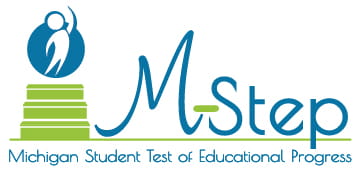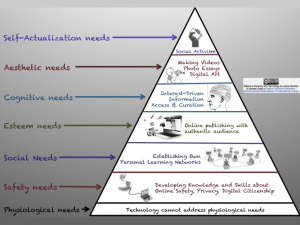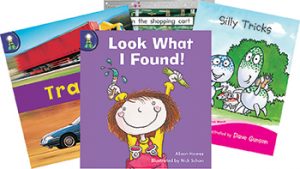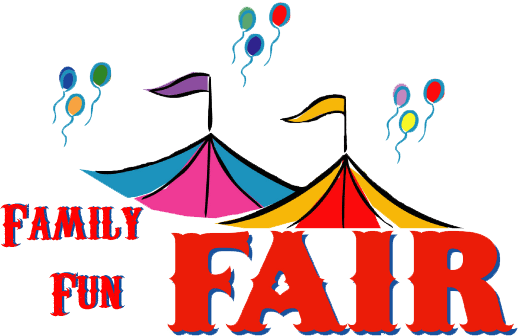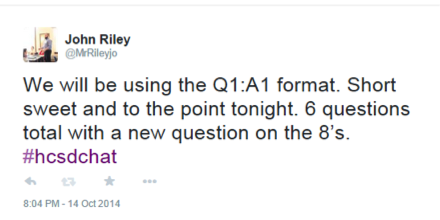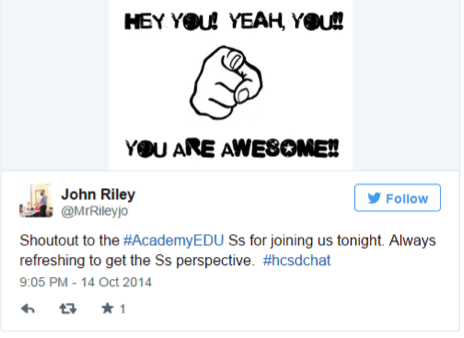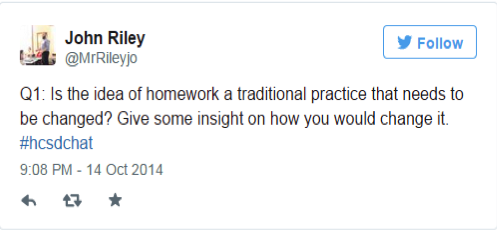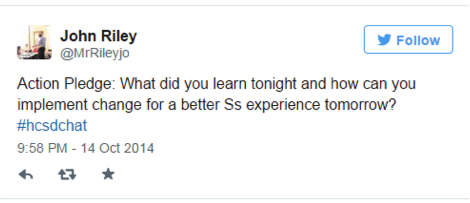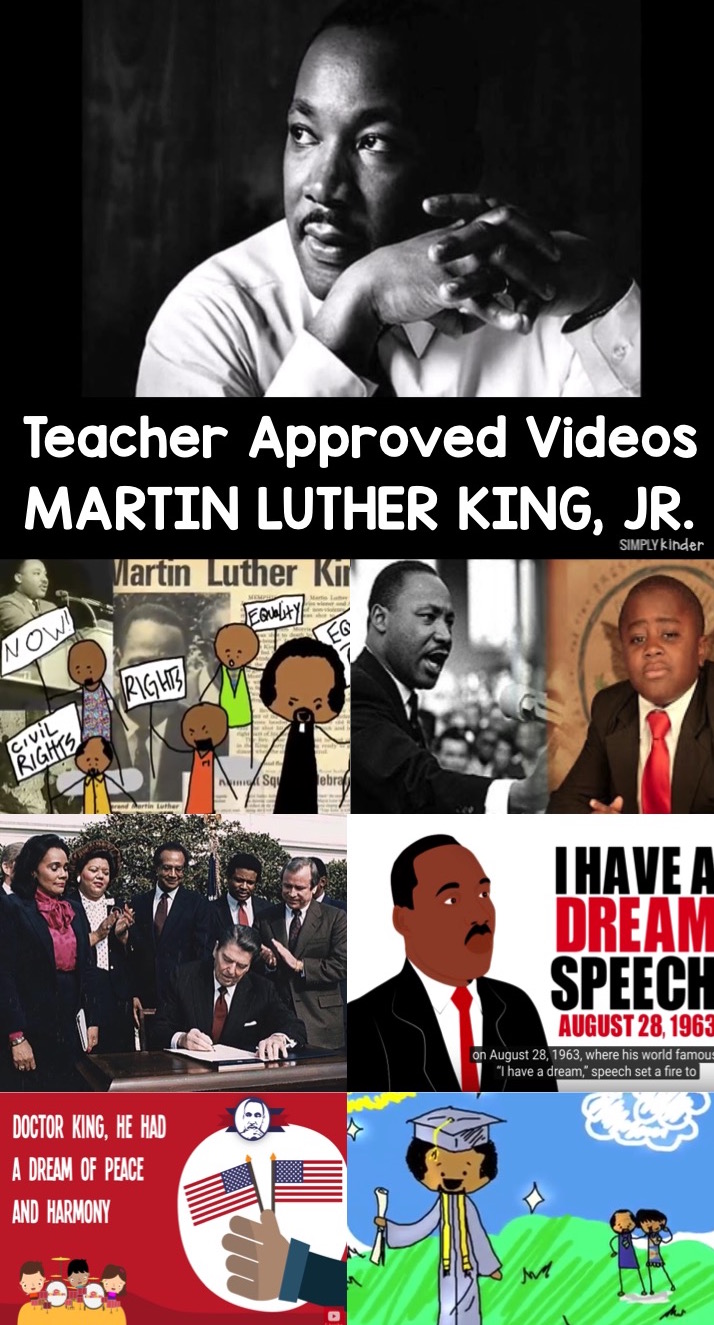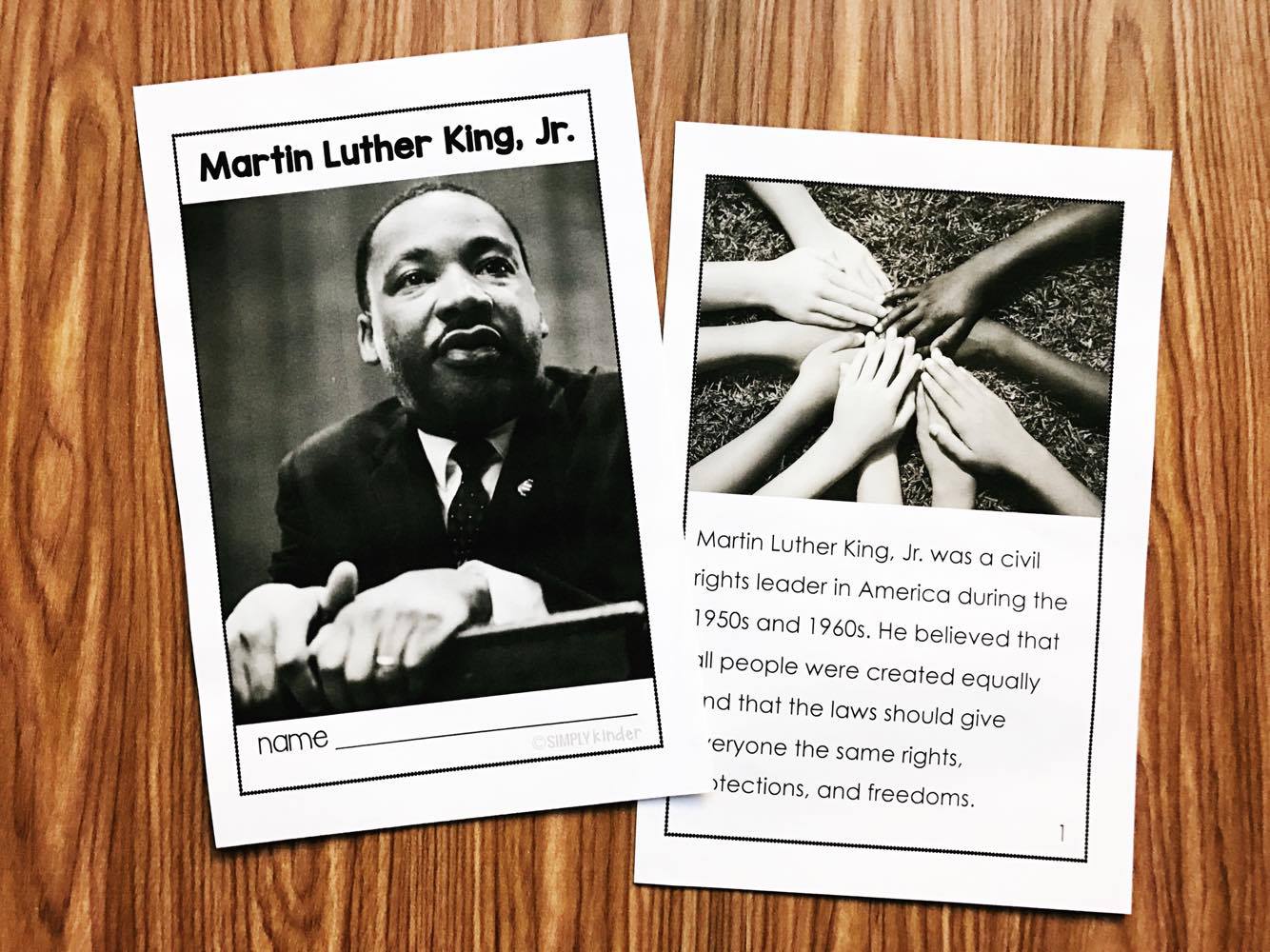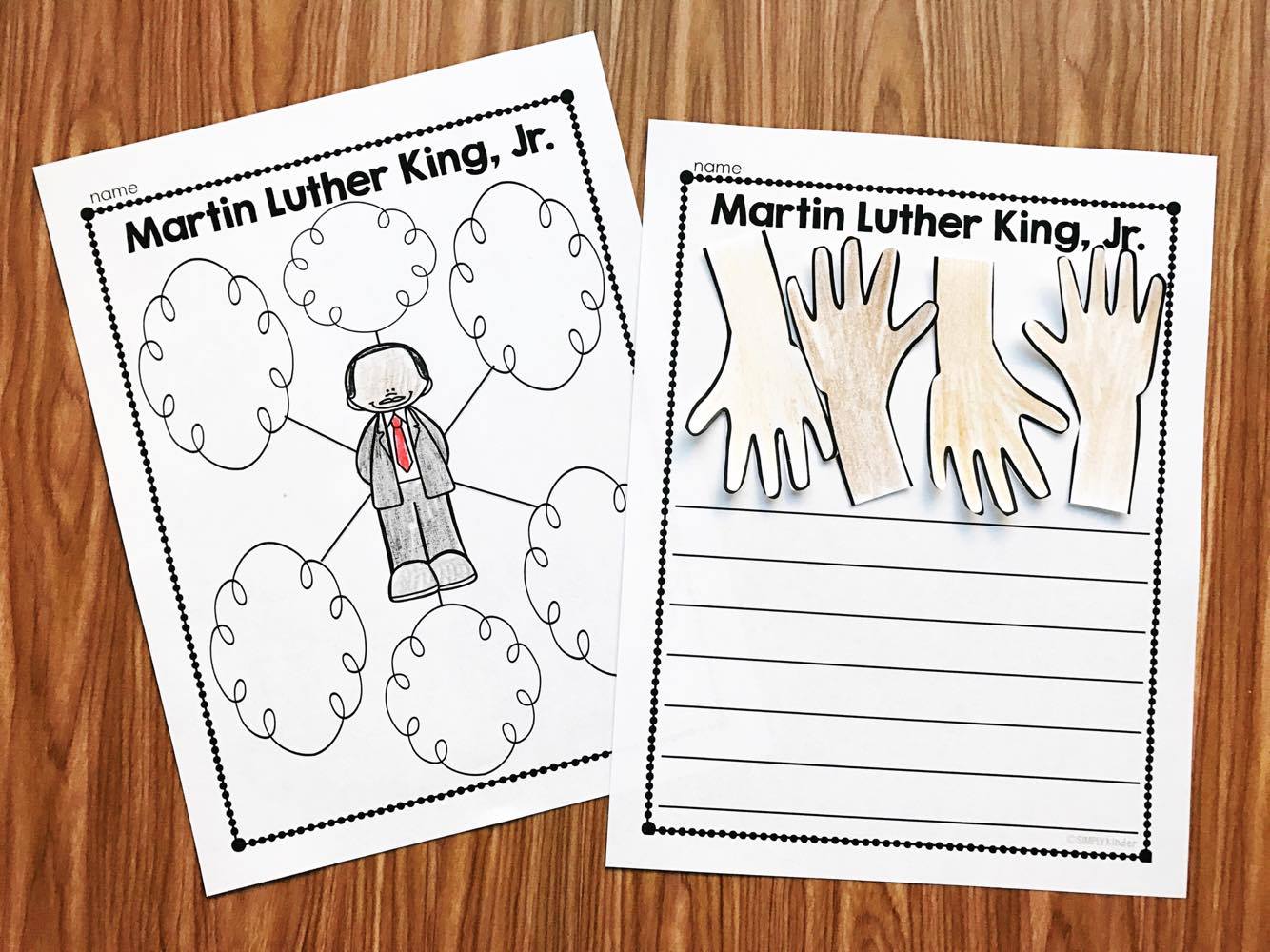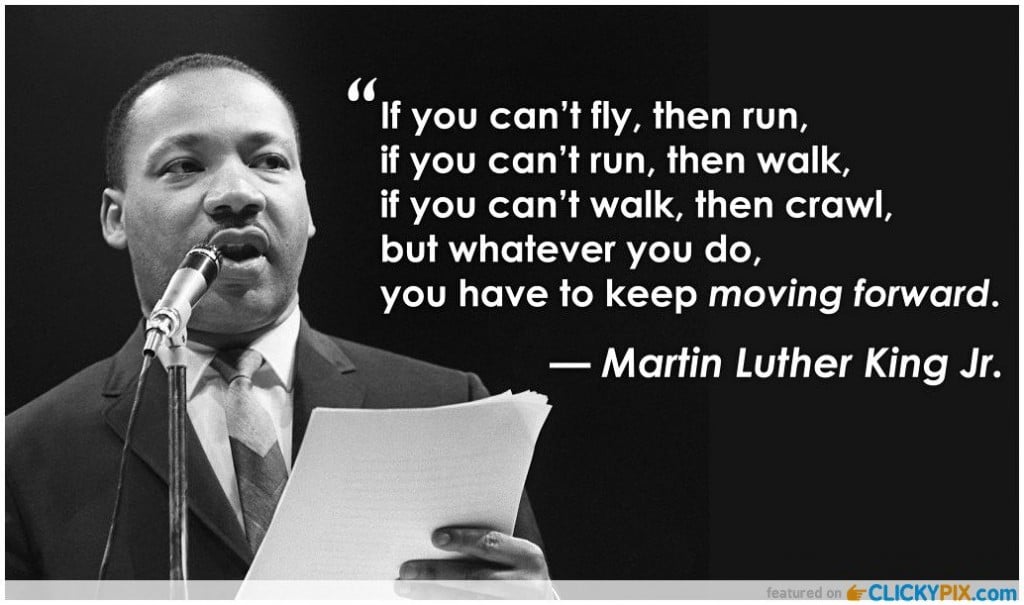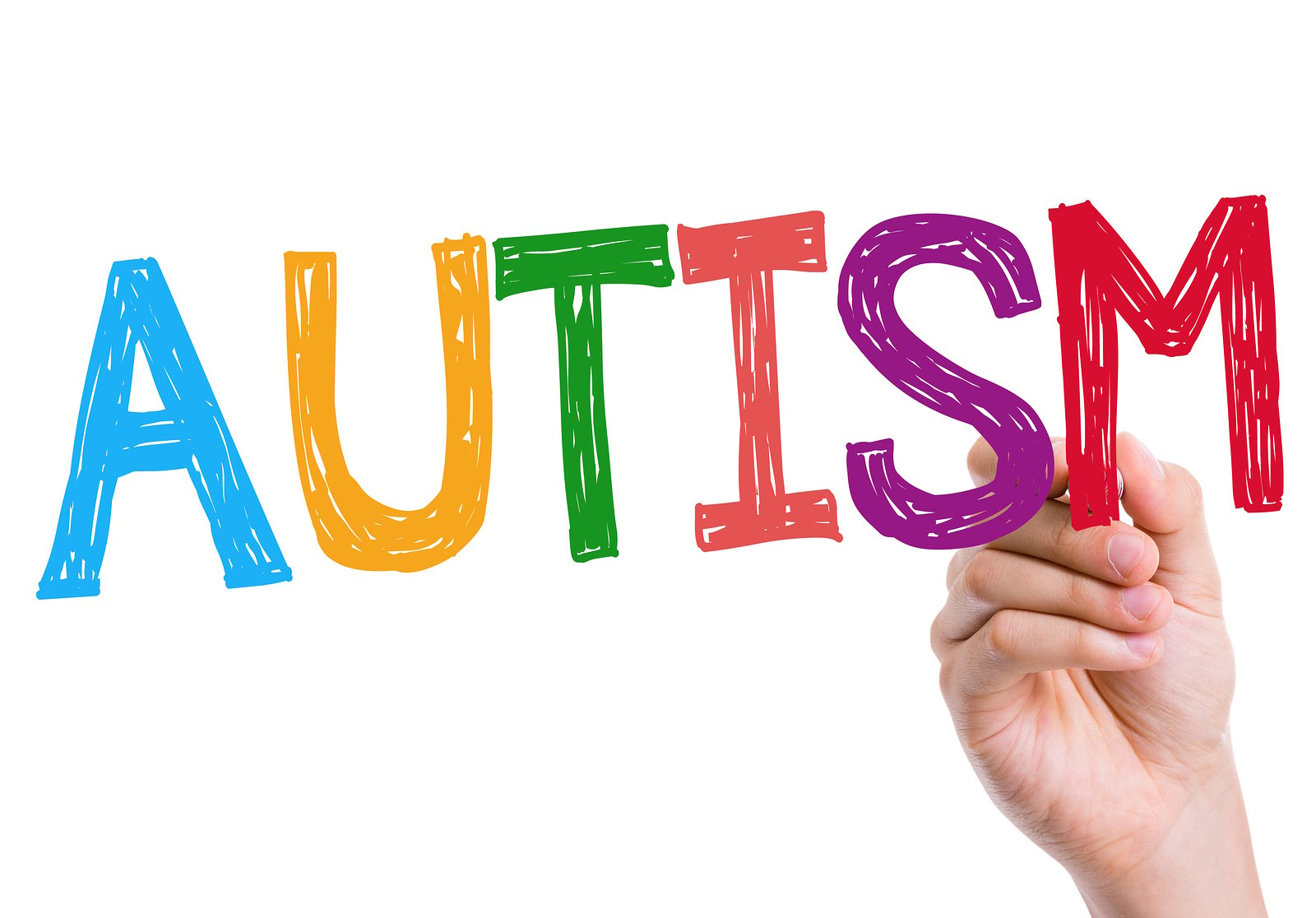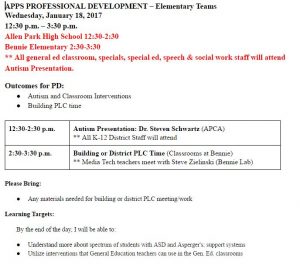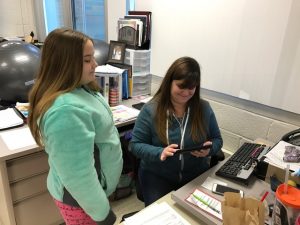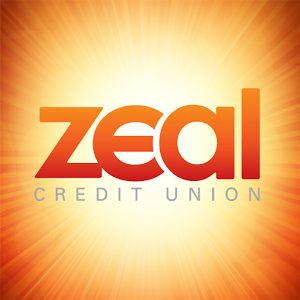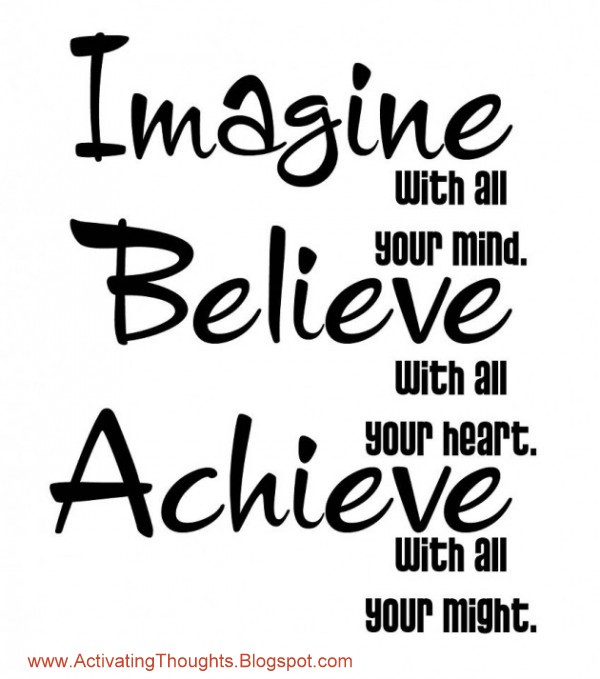Happy February!
Coming to soon to Arno…
Jan 30
MTSS meeting per schedule
Jan 31
Edublog Training- For those who are still working on setting a web presence 7:50 lab
NCI Training 12:00
Feb 1
MTSS Committee meeting at Riley 8:30
District PD (early dismissal 11:40)
Feb 2
PBIS pizza lunch 11:00
ICC 4:00
PTA Meeting 6:30
Feb 3
Steve at Title 1 conf Lansing
Report Cards go home (Links go live)
***Please see the http://arnofamily.edublogs.org/ for lots of pictures from this week!
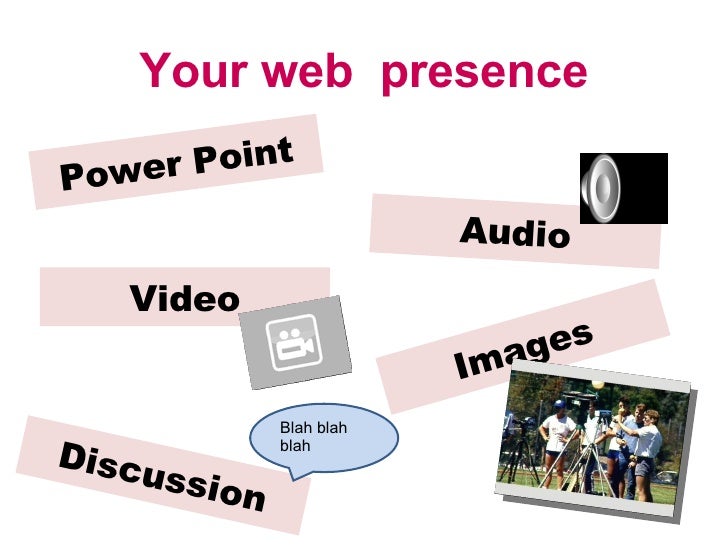
Web Presence
I have had some inquiries lately to hold another session for edublogs for those interested. The goal was to get everyone a web presence by the end of the year with some basic components- a start. To date, we have about 50% classroom, and most special teachers that have a site going of some type. The number maybe higher if anyone created one, but has not shared the link with me. With 21 Century learning at the forefront, most kids connected, now is the time to get yourself out there with a site that, if developed well, will yield a connection to your classroom that could even help manage your day/lessons/small group. Please join me on Jan 31 at 7:50 a.m. in the lab for a brief overview on Edublogs to get you started. We can continue help after that as needed, as well as show you other options if anyone is interested. Imagine the possibilities in your classroom–let’s build a presence together! Take a look at a web page rubric below
Survey Time
The survey for staff opens today and runs through Feb 10. Please take a few moments to complete the survey to help us better improve our school. The student survey will be done in the lab Grades 3-5 with Carrie, the parent survey also goes live today. Thanks for your participation!
http://eprovesurveys.advanc-ed.org/surveys/#/action/14928/20337
Arno Blood Drive
Please see the flyer below if you are interested in participating in our annual blood drive
From the PTA
It is hard to believe that January is almost over and our next PTA Meetings is upon us! Mark your calendars…Thursday, February 2nd at 6:30 pm in the Arno Cafeteria, is where all the excitement will be!  As always, free childcare will be provided, so Come on out and join us!
As always, free childcare will be provided, so Come on out and join us!
The Arno Olympics has just passed, so that means that Spirit Week is just around the corner the week of February 6th! If you haven’t purchased Spirit Wear yet, the PTA does have limited spirtwear in stock, so contact us today via Facebook or email to be prepared for all the fun that comes with SPIRIT WEEK!!
Our District Founders Day celebration will be held on, Wednesday, February 22nd at Crystal Park Banquet Center. Tickets will be available next week in the office.
With the arrival of February, it also means that April is not far off and the election of new PTA Officers. If you like what’s been happening around here or want to get involved in the planning of our events and changes, why not consider running for a board position? Please contact us if your interested, have questions, or suggestions for next years team.
As always…we appreciate all the support! We hope everyone has a wonderful, fun-filled weekend!
How Thoughtful Technology Integration Can Address Maslow’s Hierarchy Of Needs
by Jackie Gerstein
Looking for specific training and professional development around technology integration?
*this blog was originally published at TeachThought.com
A major criticism I have of most educational institutions is that their primary focus is on students’ intellectual and cognitive development. Too often individual learner’s needs do not enter into the equation of their educations. Maslow’s Hierarchy of Needs is a useful model for educators to use to help insure that they are addressing more of the whole child.
Applying Abraham Maslow’s theory of a pyramid-shaped hierarchy — physiological needs, personal safety, social affiliation, self-esteem and self-actualization — to education is an ideal way to assess lesson plans, courses and educational programs. By asking themselves whether these needs are being met in their school or classroom, educators can assess how well they are applying Maslow’s hierarchy to their teaching practice.
Technology is way too often given a bad rap by administrators and educators as a distraction or a hazard for students. When technology is integrated intentionally with foresight and with intention of addressing specific growth-oriented goals, it increases the potential to help students learn, develop, and grow in unique ways. It can be used to help address the needs as described by Maslow.
What follows is an Infographic that proposes some of the technology integration strategies that can be used to addressed the different levels of Maslow’s needs.

Biological and Physiological needs – air, food, drink, shelter, warmth, sleep, etc.
Technology cannot address nor meet biological and physiological needs.
Safety needs – protection from elements, security, order, law, limits, stability
Technology is opening new opportunities for everyone, promoting creativity and effective learning. Children and young people are using the Internet more and more, and from an earlier age. The Internet is more assessable than every before. To use technology effectively requires an awareness of both the benefits and the risks. This in turn, has created a world which can be both fun and exciting as well as providing potential dangers and harm. It is important that [educators] and young people are aware of these risks and of the steps you can take to minimize them.
Safety in the age of the Internet revolves around Online Safety, Digital Citizenship, Privacy, and Cyberbullying Prevention. Strategies and lessons related to these topics should not be overlooked. They should be continually taught and reinforced for students of all ages.
There is a plethora of resources online to have students learn this knowledge and skills. Here are a few to start:
- 11 Tips For Students To Manage Their Digital Footprints
- iSafe
- Netsmartz for Educators
- Common Sense Media’s Internet Safety Library
Social Needs – Belongingness and Love, – work group, family, affection, relationships
One of the biggest benefits of the Internet to this generation of learners is their ability to connect with like-minded individuals . . . their tribes throughout the globe.
The American Academy of Pediatrics says social media can be beneficial to younger users. For some teens and tweens, social media is the primary way they interact socially, rather than at the mall or a friend’s house. … A large part of this generation’s social and emotional development is occurring while on the Internet and on cellphones. Engagement in social media and online communities can enhance communication, facilitate social interaction.
Educators can become more intentional and strategic in assisting their students in becoming connected learners. Providing learners with the time, resources, permission, and tips for developing their own personal learning networks greatly increases their opportunity to gain a sense of belonging. They can get their social needs met within a global community.
Personal Learning Networks have been around for some time. The idea of a PLN is simply a network of people and resources through which you learn and grow. What if we made the building of such a network a central part of the curriculum, inviting students to keep a log or journal of their growing network, and how this network is empowering them to learn, how it is expanding their knowledge and perspective? How are they building a meaningful network? This would genuinely turn schools into places of fishing lessons.
Students can interview people around the world, tutor and be tutored, take part in formal and informal learning communities, take part in Twitter chats and Hangouts, learn from and engage in the blogosphere, experience the power of working on a meaningful project in a distributed/virtual team, participate in a massive open online course (or design and teach one), share resources through social bookmarking and other technologies, host and take part in webinars, and build new online and blended learning communities around topics of personal value, need, and interest (What Is A Personal Learning Network?).
Esteem needs – self-esteem, achievement, mastery, independence, status, dominance, prestige, managerial responsibility
People need to sense that they are valued and by others and feel that they are making a contribution to the world. Participation in professional activities, academic accomplishments, athletic or team participation, and personal hobbies can all play a role in fulfilling the esteem needs (Maslow’s Needs Hierarchy).
The act of creation has great potential for enhancing one’s esteem. Technology has provided the tools and means for learners to be creators of their own products rather than primarily becoming consumers which is characteristic of 20th century informal and formal learning. They can and do write via blogging and microblogging, make videos, take and post photos and other forms of digital art, perform and record music, create video games, and learn and share their skills online.
Not only do learners have the tool available to create. They now can publish their work through online social networking platforms which increases the potential to reach an authentic audience; an audience that has similar interests and can provide valuable feedback.
The online world offers kids remarkable opportunities to become literate and creative because young people can now publish ideas not just to their friends, but to the world. And it turns out that when they write for strangers, their sense of “authentic audience” makes them work harder, push themselves further, and create powerful new communicative forms (Teenagers and social networking – it might actually be good for them).
Using the internet as a platform for publication gives students the chance to reach an audience the previous generations could not. Still in many schools and classrooms today, students are asked to perform demonstrations of knowledge, skills and understanding before an audience of 1 – the teacher. In many cases the performer is left feeling very unsatisfied, why? We ask students to spend copious amounts of hours perfecting the required aptitude and their reward is the tick of approval from only a single person. Many forward thinking teachers have started using web publishing tools to give their students the opportunity to reach a wider audience, or a very specific one (Authentic Learning Through Project-Based Learning?).
Using these freely available forums and tools makes it more likely that the self-esteem needs of achievement, mastery, independence, status, dominance, prestige, managerial responsibility are met.
Cognitive needs – knowledge, meaning
We are living in the age of information abundance. Pertinent to this discussion about assisting learners in meeting their cognitive needs are the following two points.
- Educators are no longer the gatekeepers to information. Prior to Web 1.0 and Web 2.o, students were often dependent on educators to be the experts to tell them about and share resources about the content-related topic. Now the Internet has videos, resources, and research from experts and practitioners who often know more about the content than does the educator. Now more than even, the educator needs to:
- Be a guide on the side, not a sage on the stage.
- Help students learn the processes and how-to’s of learning.
- The Internet needs to be open and available to students. Many students already have access to information where and when they want it but often not in the school setting. Many are learning more after school hours than during school hours. By limiting students to textbooks and information as selected by districts, principals, textbook and testing companies, a type of censorship occurs. Students have the opportunity, through the Internet, to hear, see, and read about varying perspectives on so many topics. Depriving them of the opportunity to do so limits their education.
To put it simply, educators can provide the learners with the desirable learning topics and objectives, and then give them the freedom to find and share their own resources about those topics. (Note: Better yet, educators can allow students to identify their own learning topics and then give the guidance, freedom, and permissions to find the information to engage in an in-depth, independent study.)
The Cognitive Needs can also be met by assisting learners in becoming digital curators.
With the right guidance, digitally curating knowledge can help students make sense of the world, uncover hidden passions and reach a deeper level of learning. But it’s up to educators to teach them to do it thoughtfully.
“Students are curators, but they don’t know it’s what they’re doing,” said educational technologist Naomi Harm. “They’re sharing things out, but they don’t realize what an educational impact they’re truly making. We as educators need to set the stage for students to be more self-directed in how they curate this knowledge to extend their learning experiences.”
The bottom line is that, in this age of open and abundant information, learners can become empowered to access, reflect upon, and share knowledge that they personally find of value.
Aesthetic needs – appreciation and search for beauty, balance, form
Technology has offered new and unique ways to engage in and meet aesthetic needs.
Interest-driven art-making is fueled to a large degree by the surge in new technologies, which have radically transformed the ability to collaborate, share and publish work, affecting the modes, genres, and ways of art-making today. Many young people are creating original work and sharing it with others. Findings from the Pew Internet & American Life Project suggest that nearly two-thirds of online teens create content at some point – from blogs to Web pages to original stories, photos, videos or other artwork they post electronically.
What other creative activities are young people engaging in in their “spare” time? A wide variety of traditional endeavors, to be sure – dancing (often assisted by video games or websites) or poetry (given new life by poetry slams), for example. But they are also busy at work in many wholly new art forms or hybrids of older forms. Among these are designing video games; using animations or cartoons or video game components to produce “machinima” films; and generating “fanfic,” stories and creations that feed off popular books, movies, cartoons and other features. All this points to a broader cultural trend that values creative production and the communities that form around it. This trend is driven in part by the proliferation of technologies that put production of arts – music composition, dance, design, and visual arts, among them – within reach of anyone interested.
I am an advocate of integrating the skills, knowledge, and interests related to the informal learning of children and youth into mainstream, formal educational settings. Educators can leverage these skills and interests to help students learn about school-oriented content areas resulting in both fulfillment in this needs level and learning the required content-area knowledge.
Self-Actualization needs – realizing personal potential, self-fulfillment, seeking personal growth and peak experiences
This stage relates to the ability to apply what students have learned and to be able to “give back” and become involved with the betterment of the larger community. The Internet and online forums have the potential to help learners become involved in social causes and activism.
Online hobnobbing can enable youngsters to discover opportunities for community service and volunteering and can help youth shape their sense of identity. These tools also can be useful adjuncts to — and in some cases are replacing — traditional learning methods in the classroom.
I discuss more in depth how social media can assist with social activism in Social Media a Cause:
For all we hear about “kids these days” and their irresponsible use of social media−posting questionable pictures of themselves or letting Twitter corrode their ability to hold a thought for more than a nanosecond−it turns out that most are using it to express a genuine passion for changing the world around them. And they’re succeeding. And these trends extend well beyond the U.S. In other countries shows similar interests in contributing to larger causes. China’s young adults for instance, lead the world in online political discussions and offline they donate the most money to charities. India’s younger generation ranks the first in the world when it comes to staying informed, and they’re the most optimistic about the impact their activism has on the world around them. It seems that our youngest generation of adults are the ones leading the charge when it comes to effectively making a difference.
By becoming more intentional in their instructional strategies, educators can use the social networking skills and the desire of young people to create an atmosphere of meaningful, engaged, and authentic learning through social activism. This, in turn, helps set the stage for learners to gain feelings of self-actualization.
Postscript Note: I believe that technology has given us the power, tools, and means to teach in qualitatively different ways than we did in the 20th century. My goal is to assist educators in having a framework for doing so.




